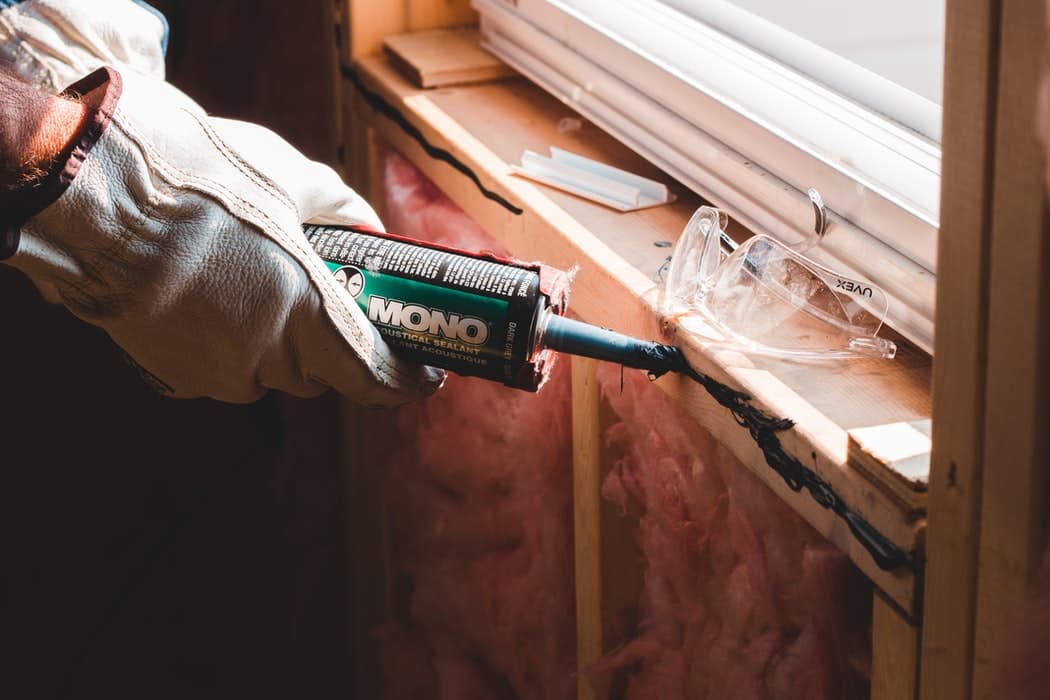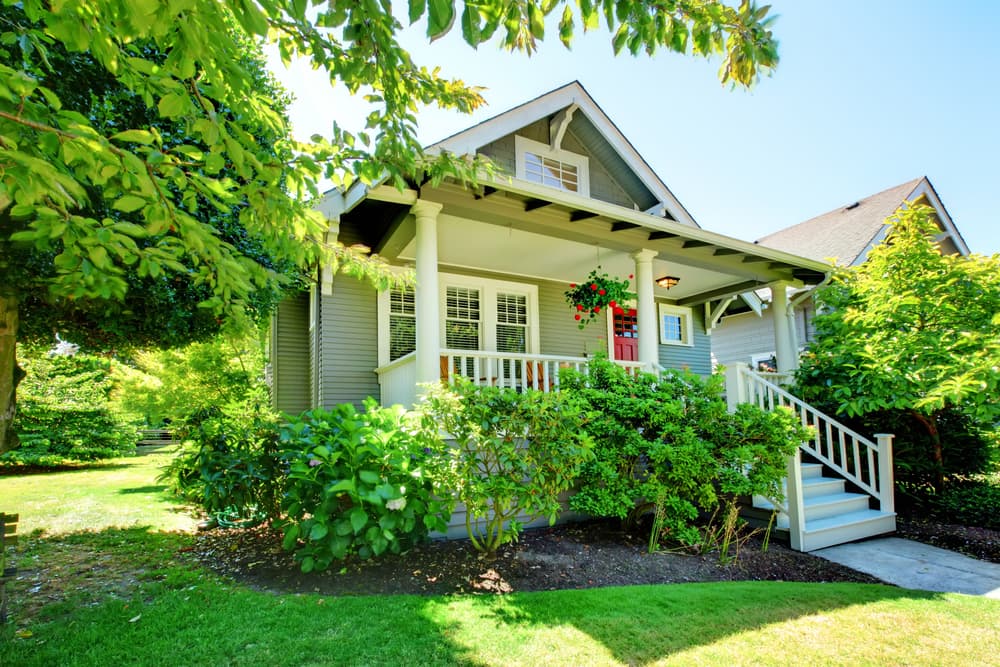The Changes Being Made to the Legal Construction Hypothec
By Editorial Team
Updated on November 7, 2023

Recently, the rules surrounding the legal construction hypothec have been the subject of analysis and discussion. Now, a new view is emerging to ensure better supervision of the use of this restrictive measure, which can have financial consequences for many families.
Although no changes are currently in place in regard to laws and regulations in the construction industry, it’s still relevant to know what changes could potentially take place.
The legal construction hypothec: how to avoid an abuse of power
In context

As a result of the harmful effects of the COVID-19 pandemic on the financial situation of families across the province, on May 12th, 2021 the Chamber of Notaries of Quebec unveiled several recommendations concerning how to obtain the legal mortgage of the house of an individual.
It's important to mention that the report published on this issue is the result of collaborative work, which benefits from the intervention of several players in the construction industry, including the Régie du bâtiment du Québec, the Association de la construction du Québec, the Provincial Association of Construction and Housing Professionals of Quebec and the Consumers Association for Quality in Construction.
Recognizing that obtaining a legal mortgage is a remedy that may prove to be legitimate in certain situations, the organization nonetheless raises several issues and demonstrates a need to create a better balance between the rights of stakeholders in the construction community and those of homeowners, who require their services for various large-scale projects.
Indeed, it seems that two categories of individuals are particularly at risk in a crisis situation: homeowners and buyers purchasing a turnkey home. It goes without saying that the risks incurred by an owner wishing to have major construction or renovation work carried out are important.
Thus, if the contractor responsible for the work does not pay his subcontractors in accordance with the agreement established in advance, the homeowner will be directly penalized by having to pay them. This is very worrying, particularly in special circumstances including the potential bankruptcy of the contractor or an overrun of the renovation budget.
What are the issues being addressed?

Over time, it seems this very restrictive measure has been misused. More specifically, the report mentions the publication of a notice of legal mortgage in the amount of $76 000 for work whose value did not exceed $6 500. In addition, a notice of legal mortgage issued without authorization due to unjustified cost overruns (as a result of mismanagement on the part of the contractor) is highlighted.
It’s essential to keep in mind that the filing of a legal mortgage is accompanied by a reduction in the owner's borrowing capacity, a constraint that remains in force until a court decides on the legitimacy of the legal mortgage, which can take several months and even years.
It’s further stressed that the conditions required for the application of this measure are the same for residential constructions as for commercial constructions and that no qualification is made as dependent on the value of the work carried out.
On another note, the lack of knowledge about the legal mortgage on the part of the vast majority of people places them in a vulnerable position compared to contractors. Contractors are better equipped to understand the terms and related procedures.
Moreover, it also seems highly problematic that the legal mortgage is not the subject of any form of publicity. Why is that? Quite simply because it doesn’t allow us to know who are the beneficiaries of this mortgage or the amounts attached to it. Once again, it should be recognized that this situation places people in a vulnerable position.
On this subject, many people may be surprised to learn that even the notary's checks on the land register do not reveal unpaid contracts that could justify obtaining a legal mortgage. Instead, they’ll have to wait until the end of the 30-day period following the completion of the work to obtain this information.
It’s also impossible to know the amount of the legal mortgage because in some cases the mortgage can cover costs that were not initially included. How is this possible exactly? Well, the mortgage can cover additional costs without a termination of the contract being issued (if a clause in the contract allows for this possibility).
Lastly, there's no information that allows one to be aware of the individuals who could initiate a procedure aimed at obtaining a legal mortgage or even to be made aware of a possible construction project which could allow this to happen.
Recommendations put forward

In order to better protect families and individuals at risk, the Chamber of Notaries of Quebec suggests prohibiting the seizure of a principal residence to apply a debt secured by a legal mortgage with a value less than $20 000. Note that the majority (58%) of legal mortgages are contracted for work valued at less than $25 000.
Apart from this measure, others have been proposed:
in the event that the house is put up for sale during work, set a deadline for registering a legal mortgage ;
the creation of an Administrative Housing Tribunal for claims involving sums of less than $85 000 ;
ensure that the legal mortgage cannot be obtained before the publication of a notice in the land register ;
require the seller to provide several details, including the list of work to be completed, the cost thereof as well as the contact details and names of its creditors ;
provide for the obligation of a contractual relationship with the owner or the contractor for the supplier of materials ;
abolish the worker's legal mortgage, taking into account the means already in place to ensure the recovery of wages in the event of a dispute ;
mention within the Civil Code of Quebec what constitutes a ”surplus value'' and that it’s relative ;
ensure that the government follows the example of other Canadian provinces by adopting provisions that provide for the prompt payment of amounts due in the private sector ;
ensure the presence of a mandatory withholding in the Civil Code of Quebec, implying in itself the absence of a possibility of waiver by the buyer. This should correspond to a minimum percentage of the legally fixed purchase price or, where applicable, the sum of the work that is not completed or unpaid invoices, unless the seller provides a bond guaranteeing payment for the work and the completion of this work ;
provide a notice for article 2728 of the Civil Code of Quebec as attested by a lawyer or a notary, in addition to notifying the owner and the debtor of the secured debt (it should be necessary to provide several pieces of information including the price of the work carried out, the creditor's wish to have recourse or not to a legal mortgage and the contact details of the contracting parties). Note that in its original form, the article in question states that unless you’ve done business directly with the owner, the legal mortgage will only cover the sums inherent in the work, materials and services incurred after the written termination of the contract ;
provide, as stated in article 1786 of the Civil Code of Quebec, additional information about the legal hypothec ;
ensure that the deadline for registering the new notice of legal hypothec is calculated from the arrival of the first of these dates: 30 days following the date of the end of the work or the date on which a notice of pre-registration from a deed of alienation of the building to a third party is published in due form ;
include provisions in the preliminary contract so that owners are better protected against the risk incurred by the legal construction mortgage.
Let us conclude by emphasizing that all of the information mentioned in this article is taken from the full report published by the Chamber of Notaries of Quebec.
Get 3 renovation quotes for your home renovation project
RenoQuotes.com can help you get quotes for your home renovation project. If you submit your project to us, we’ll put you in contact with top-rated contractors. Fill in the form on the homepage (it only takes a few minutes), and you will get estimates from trusted professionals.
Dial 1-844 828-1588 to speak with one of our customer service representatives
Looking for something else?
Related articles
The latest industry news, interviews, technologies, and resources.

Équipe éditoriale
•07 Nov 2023
Note: this article will evolve as we get new recommendations from government authorities. Please note that the information you are reading now could be different tomorrow. The advice presented in this article should be interpreted as a suggestion.

Editorial Team
•15 Dec 2023
3D concrete printing is deemed the future of habitat for humanity. An overstatement? Think again—by 2060, 230 billion square metres will be needed to shelter our new fellow citizens, or the size equivalence of Paris multiplied every week over a 40-year period.

Editorial Team
•07 Nov 2023
Without a doubt, windows are an excellent barrier against the outside elements, which is ultimately a testament to the harsh weather conditions experienced at times.

Amanda Harvey
•07 Nov 2023
Whether interior or exterior, giving care and consideration to all aspects of your home will be obvious to friends and strangers alike. Imagine walking by a beautiful house with an impeccably tailored garden; what would be your first impression? A well-crafted, bright, polished lawn and garden not only presents a welcome first impression but actually works to improve the value of your home.

Editorial Team
•18 Dec 2024
The Government of Quebec initiated its energy transition in the last few years, encouraging consumers to pivot toward green energy solutions. Green projects are focused on clean energy, also highlighting transportation electrification. To promote new construction projects in an effort to keep up with the trend, subsidies and financial assistance have been made available.